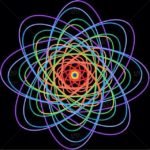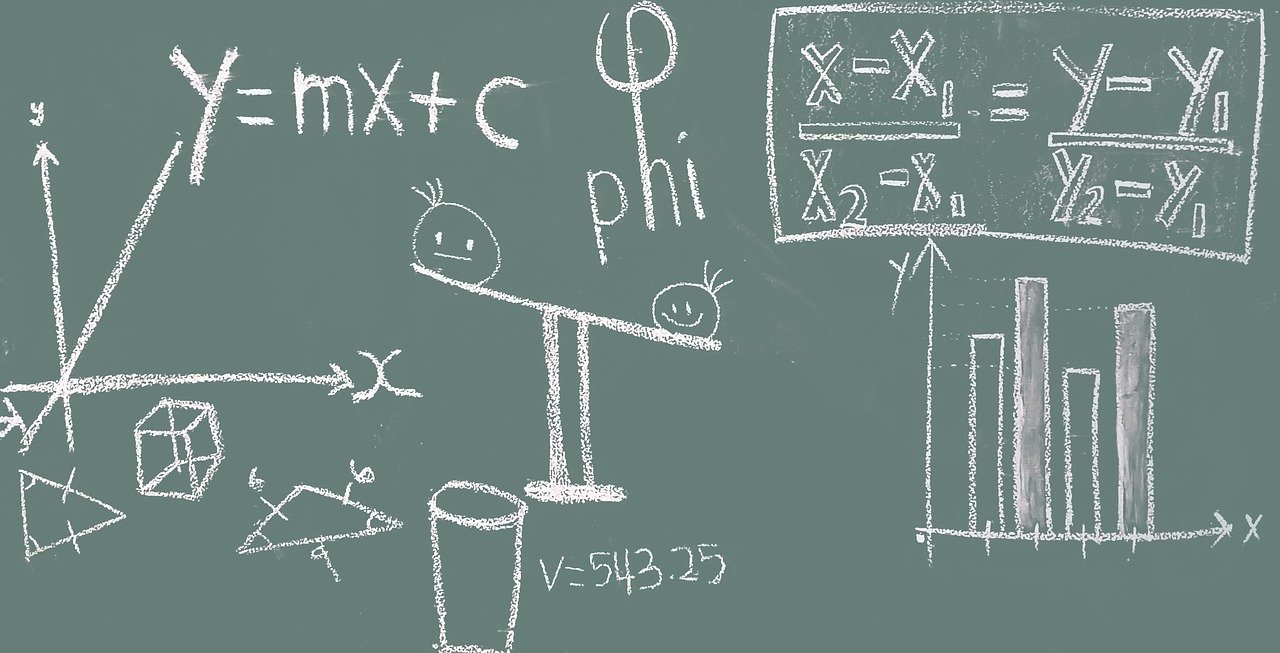
Atoms contain protons, electrons and neutrons. Since all atoms have a neutral charge, the amount of electrons in any particular atom equals the amount of protons. The latter stems from another chemical element’s attribute called an atomic amount. But, molecules known as ions may also take a negative or positive cost –for example, CO3(-2) or NH4 (+). The occurrence of ions suggests that through a chemical reaction that the material loses or gains electrons, in this instance we’ll clarify: how to find electrons?
The amount of electrons in a component can vary. To get a neutral Atom, the amount of protons is equal to the amount of electrons. Hence that the amount of electrons is just like the atomic number. But it’s likely to eliminate electrons rather than alter the identity of a component. These are known as waves. The charge on the ion lets you know how many electrons.
If the cost is positive, subtract that amount from the nuclear Number to have the amount of electrons. You’ve got more protons.
If the cost is negative, then add the amount of fee to the nuclear Number to have the amount of electrons. You’ve got additional electrons.
The Amount of both protons and electrons within an atom or molecule Determines its cost and if it’s a neutral species or an ion. This functioned chemistry difficulty demonstrates how to ascertain the amount of protons and electrons within an ion. For nuclear ions, the main factors to keep in mind are:
- A neutral atom has the same number of protons and electrons. This number is the atomic number of the element.
- A positively-charged ion or cation has more protons than electrons. The proton number is the atomic number of the element, while the electron number is the atomic number minus the charge.
- A negatively-charged ion or anion has more electrons than protons. Again, the number of protons is the atomic number. The number of electrons is the atomic number added to the charge.
ELECTRONS PROBLEM
Identify the number of electrons in the Sc3+ ion.
Solution
Use the Periodic Table to find the atomic number of Sc (scandium). The atomic number is 21, which means that scandium has 21 protons.
While a neutral atom for scandium would have the same number of electrons as protons, the ion is shown to have a +3 charge. This means it has 3 fewer electrons than the neutral atom or 21 – 3 = 18 electrons.
Answer
The Sc3+ ion contains 18 electrons.


